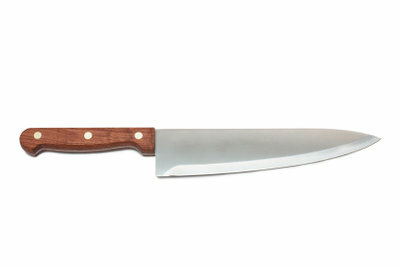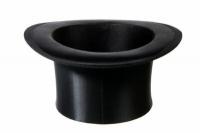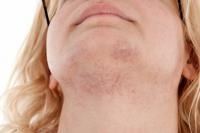Maintain, clean and use ceramic knives correctly
There are many arguments in favor of using ceramic knives in the kitchen: They are sharper than steel blades, lighter and hardly absorb odors. However, there are some special features to consider when it comes to care and use that do not appear with steel blades.

Ceramic knife: the properties
- In order to understand how to use a ceramic knife correctly, it is important to know the properties of this type of blade.
- The blades are mostly made of "zirconium oxide", a material that was previously used in space travel and medicine.
- Due to the material, ceramic knives are very light, so everyday work is more pleasant with such a knife. Steel blades are often 30% heavier than a ceramic blade of the same size.
- Ceramic cutting edges are much sharper and harder than almost all available steel blades and their properties are often only surpassed by diamond. They also keep the sharpness significantly longer (almost 10 times as long) than steel blades, so they rarely need to be sharpened.
- On the other hand, ceramic cutting edges are also very brittle.
- Ceramic knives are more hygienic as their surface is easier to clean and, with appropriate Food, no chemical reaction takes place that lead to a change in taste could. The knives are also insensitive to salty and acidic foods.
- Ceramic knives cannot oxidize ("rust" in the vernacular).
Sharpening Ceramic Knives - Here's How To Do It Right
Ceramic knives have become an indispensable part of modern kitchens. They are because of their ...
How to use the knife properly
- Ceramic knives are particularly suitable for cutting, peeling and chopping fruit and vegetables, fish and meat (without bones or bones).
- The brittle material of the blade should not be twisted, nor should it be levered or chopped with the knife, all of this can lead to the blade breaking.
- A rather soft underlay should be selected as a cutting underlay, e.g. B. Wood or plastic. stone, Glass or other ceramics only unnecessarily increase the pressure on the blade and can lead to hairline cracks in the cutting edge.
How to care for and store a ceramic knife
- The knife should not be stored open with other kitchen utensils in a drawer or similar, there is too great a risk that the knife will hit something and damage the blade.
- Ceramic knives are safest in a knife block or in individual protective covers that cover the blade.
- A ceramic knife should preferably be cleaned by hand, a damp cloth is usually sufficient, as the blade does not take any protection Smells holds. Many ceramic knives are dishwasher safe, but there is again the unnecessary risk that the blade will strike other objects and be damaged.
- Ceramic knives cannot be sharpened with normal knife sharpeners, but require a diamond grinder. Should your knife actually need a new sharpening, it is best to send it to the manufacturer for a professional sharpening. Since the sharpness of ceramic knives is much more durable than that of steel blades, this small effort is worthwhile.
Over time, the blade of the knife discolour yellowish. This is a normal symptom of aging and not a defect.
How helpful do you find this article?


